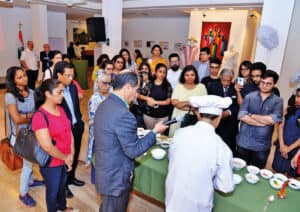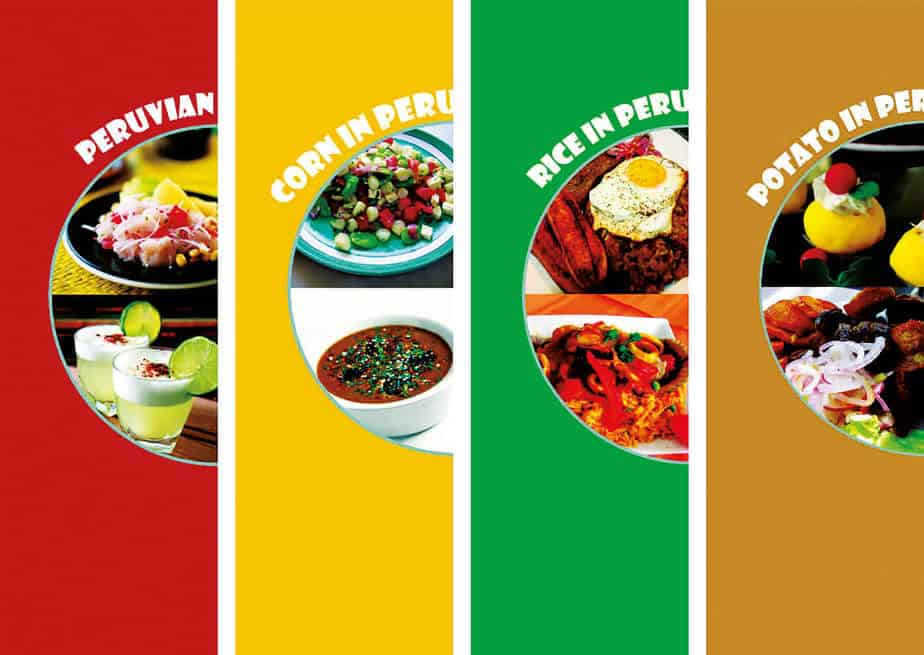The country has been declared the world’s best food destination six years in a row. No better reason was needed for the embassy to release four cookbooks of the cuisine
“Cooking is like painting or writing a song; just as there are many colours or notes, there are many flavours; it’s how you combine them that sets you apart.” The quote, by famous chef Wolgang Puck, comes to mind when I hear about the recent unveiling of four cookbooks on Peruvian cuisine by the Embassy of Peru in India! It underlines the fact for me that the world is, indeed, an amalgamation of diverse cultures and traditions, waiting to be discovered and re-discovered.
I am told that Peruvian cuisine can be summarised as a fusion of flavours, starting from pre-Columbian and Inca-Quechua times, to Spanish-Moorish, African, Chinese, Italian and Japanese cuisines, giving it a touch of distinction and prominence among the world’s most renowned cuisines! However, it should be noted that Peruvian cuisine does not rest solely on the adaptation of exogenous cultures, their culinary customs, and subsequent infusions as mentioned above, but is a constant endeavour to incorporate new influences, while maintaining its traditional originality.
So what was the core idea behind the cookbooks? Jorge Juan Castaneda Mendez, the Ambassador of Peru to India, who recently unveiled the four books in the capital, sums up the answer to the question aptly: “You see, our responsibility is to present the multiple facets of our country; this is the crux of our job: public diplomacy. The idea is to introduce India to the diversity of Peruvian cuisine, which includes some of its emblematic dishes using kitchen staples like potatoes, corn, rice, fish and poultry products. In fact, Peru has consistently been recognised as the World’s Best Culinary Destination, the sixth year in a row, including this year, at the prestigious World Travel Awards, considered by many to be the Oscars of the tourism sector. This recognition is a source of much pride for our country.”

What are the similarities between Indian and Peruvian cuisines? Not only do both cuisines draw from a pot pourri of the world’s cuisines, while maintaining their originality, but are also similar as far as indigenous cooking utensils, techniques, and usage of native ingredients are concerned. In fact, the recipes mentioned in all the cookbooks can easily be prepared by any Indian household as they do not require the use of special ingredients and/or application of complex techniques.
So which dish is the ambassador’s favourite? “Ceviche!” is the prompt reply. One of the national dishes of Peru, it is made from fresh raw fish, cured in lemon juices, and spiced with aji chilli peppers. Additional seasonings, such as chopped onions, salt, and cilantro, may also be added. Imagine: the dish even finds appeal with me, who prefers to be vegetarian! Ceviche is usually accompanied by side dishes that complement its flavours, such as sweet potatoes, lettuce and corn.
Besides the conventional way of spreading the word through the press, I am told that the cookbooks have also found their way to major Indian gastronomy schools, supported by live demonstrations. What strikes me about the entire endeavour is the simplicity of establishing the people-to-people connect; as they say, the way to the heart (and not only a man’s) is via the stomach. “Cooking is like love; enter with abandon, or not at all!” How true, indeed!





